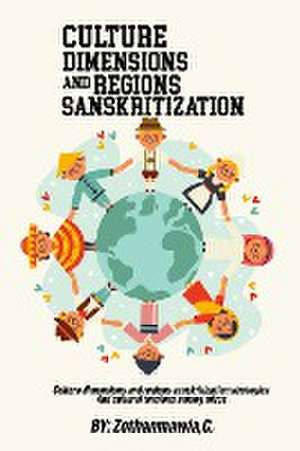Culture Dimensions and Regions, Sanskritization Strategies and Cultural Tensions among Mizos
Autor Zothanmawia C.en Limba Engleză Paperback – 6 aug 2022
Preț: 270.71 lei
Nou
Puncte Express: 406
Preț estimativ în valută:
51.81€ • 53.52$ • 43.12£
51.81€ • 53.52$ • 43.12£
Carte disponibilă
Livrare economică 05-19 martie
Preluare comenzi: 021 569.72.76
Specificații
ISBN-13: 9788856360882
ISBN-10: 8856360888
Pagini: 108
Dimensiuni: 152 x 229 x 7 mm
Greutate: 0.15 kg
Editura: cerebrate
ISBN-10: 8856360888
Pagini: 108
Dimensiuni: 152 x 229 x 7 mm
Greutate: 0.15 kg
Editura: cerebrate
